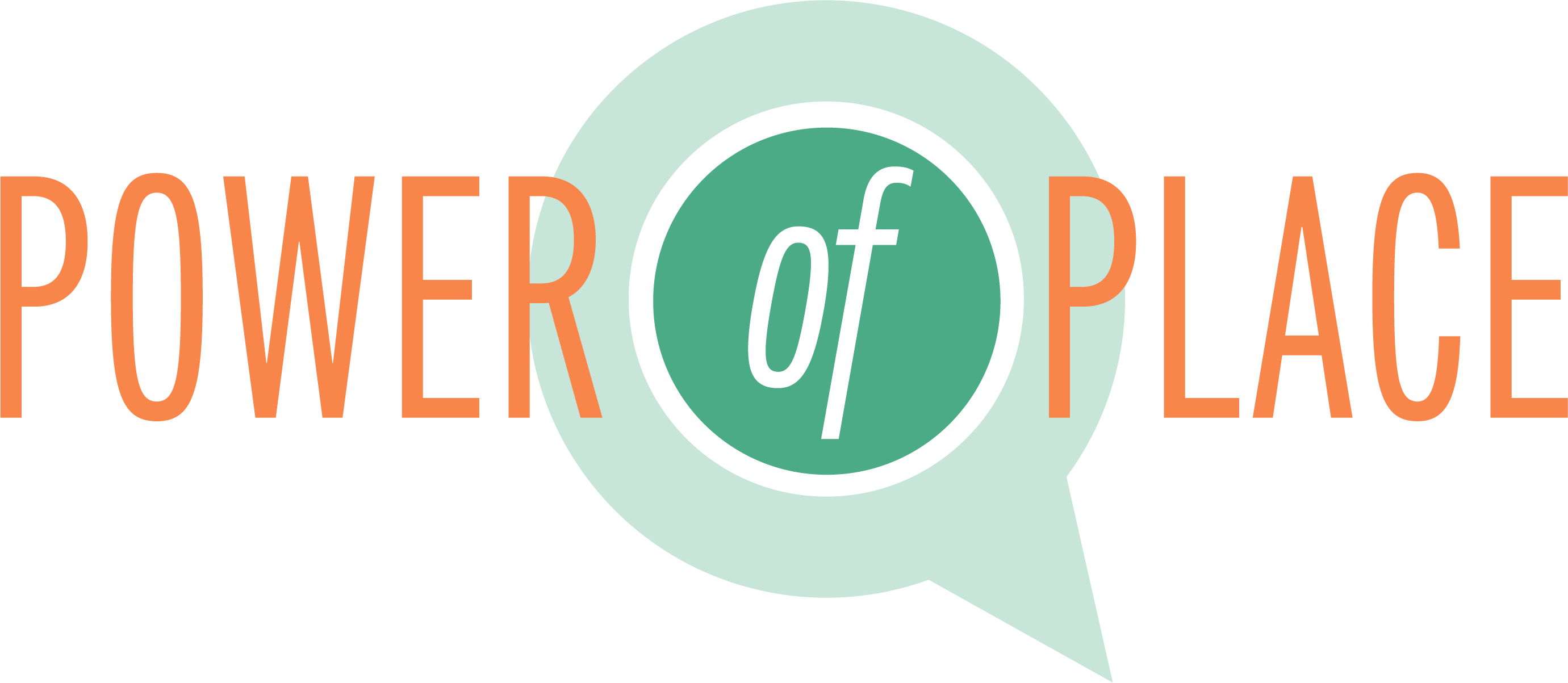February 28, 2024 Read Time:
PBLMichael McDowell
Perhaps the most important a-ha to come out of the ECLC day with Michael McDowell, co-author of The Project Habit: Making Rigorous PBL Doable, is that you can do fantastic project-based learning, and not have the kids produce any PRODUCT. In other words, the actual project is secondary to project-based learning (PBL)! I know it sounds strange and counter-intuitive but hear me out.
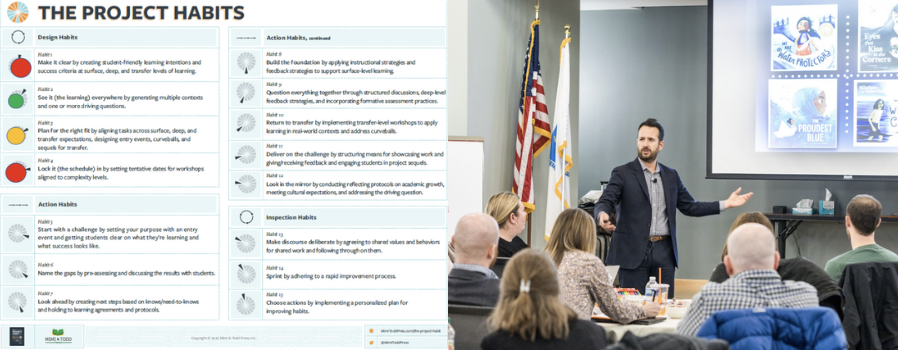
On February 8, throughout the day, McDowell led the more than 50 educators at the Wiley Inn and Conference Center in a series of activities and conversations around pedagogical dispositions and habits that are absolutely necessary for successful PBL learning, but which don’t necessarily require a “project” to be valuable and powerful. Here are some things we saw and talked about.
Motion vs. Action: RIght out of the gate, McDowell introduced us to the dichotomy between Motion and Action. McDowell draws this idea from James Clear’s Atomic Habits. Clear is a powerful influence on McDowell and, indeed, the ideas of Motion and Action are discussed in the introduction to The Project Habit.
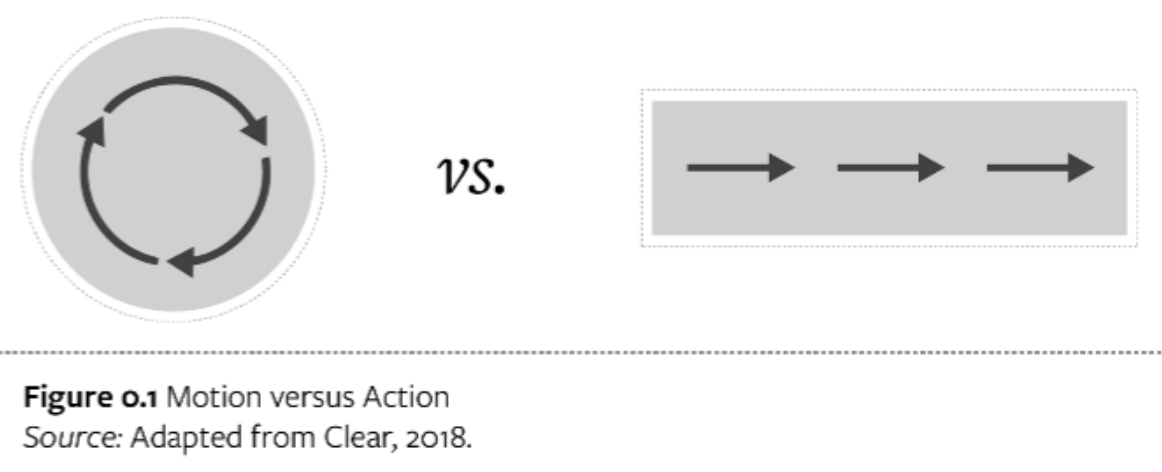
The idea is simple and vital to deeper learning. Motion is defined as activity or movement divorced from its purpose. It’s designing a structure that doesn’t have the desired effect, e.g., creating a rubric that the kids don’t use to gather feedback or reflect on their learning. Motion may be necessary, but it is insufficient. Action, on the other hand, is a purpose-driven activity that moves forward the learning. It’s building structures and then orienting the kids to the structures so that the kids benefit. It’s, for example, making a rubric with the kids, unpacking its meaning, using the rubric in conversations with the kids, and inviting the kids to self-assess using the rubric.
The difference between Motion and Action seems similar to the drive for “authenticity” in learning, but it has an inherent metaphor built in that’s powerful and it recognizes that many actions can be either motion or action, depending on context. Motion, for example, is when a kid is just “spinning their wheels, not getting anywhere.” Action is when, with the teacher’s help, the kid finds a way to put the wheels in contact with the ground—then they’re moving forward.
Kids Talking About Their Own Learning: Metacognitive awareness is a huge predictor of learning success. McDowell showed a number of videos of kids talking about their own learning in ways that were stunning. Kindergarten-aged kids talked about their own student work, how it demonstrated what it needed to demonstrate—or didn’t—where they could do better, and what the next step might be.
An example is this answer from one child, describing their favorite color: “White is my favorite color because it washes out all the other colors, and it is the color of milk.” This brought such joy to the room watching the video. (Feels like it might be one of the great short poems of the 21st century).
Then we talked about a video of two New Zealand 3rd graders talking about their work that day. The first described the content they were learning about and the activity (e.g., volcanoes, plate tectonics), and the second talked about the goals of the learning (e.g., inquiry, experimentation), and how the content and activity allowed them to access and demonstrate a learning target. This difference between doing an activity and learning would come up again and again through the day.
Resequencing the Learning: It is very common in our circles to talk about the importance of transfer. The conventional sequence says that learning starts at the basics (the foundation), moves into deeper areas (delving), and finally, achieves transfer (application). We even frame it this way: transfer is the student taking what they learned in class and then applying it outside the class.
Surface>>>Deep>>>Transfer
McDowell took this line segment and turned it into a circle. Transfer is just as important—maybe even MORE important—at the beginning of the sequence as at the end. It was a gobsmacking realization, not only because it was so inherently powerful, but because it seems like something we’ve always known to be true.
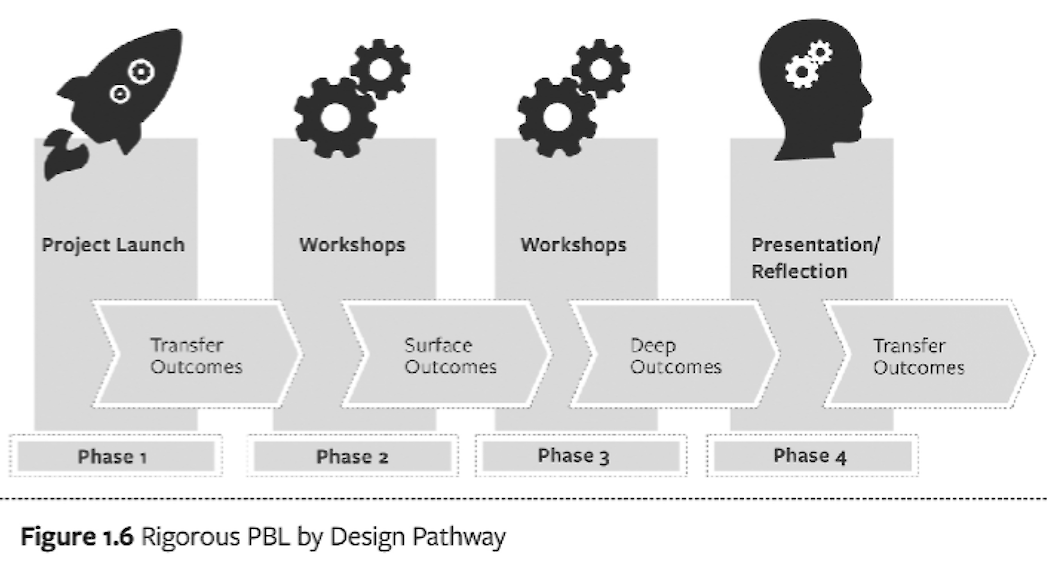
PBL, performance assessment, competency-based learning, place-based learning, culturally relevant/responsive pedagogy, student agency, etc., all recognize the importance of the idea that students show up to school with any number of cultures already inhabiting their person. Kids come with a context—desires, fascinations, dreams, and beliefs about their own learning. For genuine deeper learning, we must start with what the kids bring into the room with them. That’s the initial and essential act of engagement and transfer.
Visible Learning: McDowell is a mentee and colleague of John Hattie, author of Visible Learning, a massively comprehensive meta-study of meta-studies, eventually encompassing the learning of 300 million students. Hattie looks at an extensive list of interventions and conditions, and evaluates their effectiveness on student learning. One surprising finding of Hattie’s is that, basically, every intervention works positively to some degree or another. The question is, “How well does it work?” Hattie measures effect sizes. In his metric, an intervention with an effect-size of .4 will lead to a full year’s growth for a kid in the space of a year. Therefore, anything with an effect size of higher than .4 is worth exploring. Here’s an excerpt from Hattie’s list:
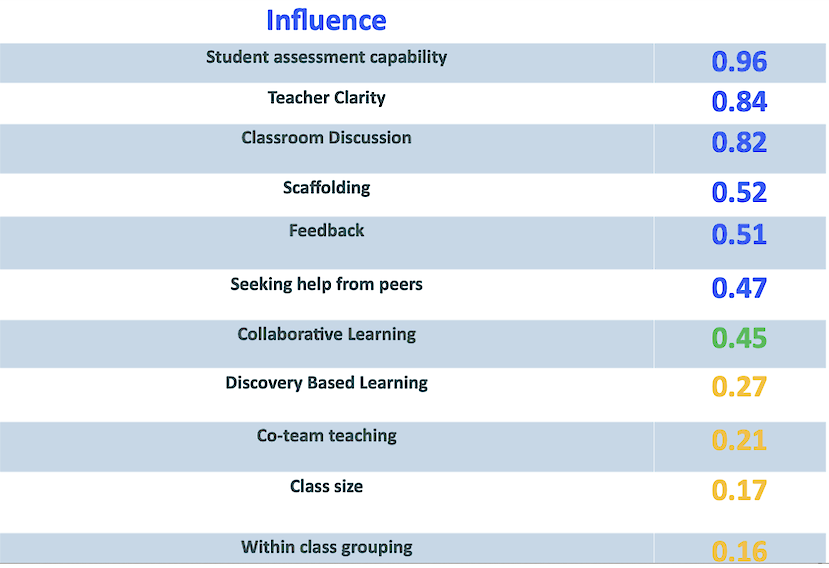
Notice that the item with the highest efficacy is Student Assessment Capability—a student’s ability to assess their own learning. McDowell referred to this as kids having an internal “learning GPS.” The second highest item is Teacher Clarity—teachers clearly communicating (in a way that students can clearly receive) the goals and expectations for both teacher and student. It’s a kind of radical transparency that, when it seeps into assessment and instruction, can transform the learning culture of the classroom.
And neither of these are huge changes requiring massive energy from the teacher.
Stories, Mysteries, and Suspense: As the day progressed we sat with this idea of starting with transfer and realized that the new sequence was very similar to dramatic structures, where we open with a mise en scene or mystery, then go to a more logical starting place, and end by resolving or addressing the mystery. This is learning design as storytelling, and it struck us as particularly powerful. Humans are storytelling creatures, and stories have driven engagement, discovery, and learning for as long as humans have been around. We know this not only because of ECLC’s past work with Luis Ortega, from Storytellers for Change, but because stories invariably have an element of “How is this going to turn out?!?” If students are genuinely invested in answering that question, they’re hooked. We always learn from a good story.
Tricks, Habits, and Moves: McDowell also shared with us short activities that reinforce the PBL habitual mindset. For example, as a simple way of escalating complexity of thinking, McDowell shared an exercise where students compare two things. First in a simple sequence. “Sharks and whales are alike. They both have fins.” Then he asks to upgrade the language to a more academic level. “Sharks and whales are alike. They are both aquatic creatures.” Then he asks to add a conjunction to the sentence. “Sharks and whales both have fins, BUT only a shark is a fish.” Then he asks for a subordinate conjunction. “Sharks and whales both have fins BECAUSE they are aquatic and navigate in water.” Then he asks for an appositive, which is a subordinate clause at the beginning of the sentence. “If sharks and whales are both aquatic creatures, then they probably run into each other all the time.”
This was a fun exercise, and it demonstrated beautifully how small behaviors/activities/habits can raise the level of thinking and learning. At no point in that activity does the teacher say, “Okay, think harder. Think deeper.” Instead, the teacher gives behavioral instruction that leads to observably deeper and more complex thinking.
Other tricks and moves included an activity in which folks were asked to rate and sort a series of pictures without, initially, any criteria by which to do so. This gave rise to an amazing conversation about how the definition of “success” or “merit” can change from group to group or minute to minute—even after criteria are later shared. A good conversation for teachers AND students to have.
McDowell also leaned into “turn and talk” as a processing method. Turn-and-talk seems like an old school protocol, but by repeating it through the day and not trying to demonstrate “more clever” processing protocols, the turn-and-talks started to come with ease and move into deep levels of reflection. It was an important lesson, for me, in the value of sticking with a protocol and letting its value deepen over time.
Notice that none of these things I just wrote about told you how to design a project for kids, or how to evaluate a project, or grade one. On one level, all of these were ideas about how to behave in a PBL environment. On another level, though, these are how to behave even if you aren’t in a PBL environment. If you look at the list of PBL Habits from McDowell’s book, you’ll notice that none of them actually require projects/products to happen.
These may all be prerequisites to a PBL culture, but they are also prerequisites for any form of effective student-based learning that values student agency, deeper learning, and cultural responsiveness.
Throughout the day, the mood was excited and responsive. McDowell succeeded not only in informing and facilitating, but in inspiring us. Folks left hungry to learn more and try more stuff back in their schools. Quite a few talked with McDowell not only about the information needed to convey, but also the process of coaching schools through a process of becoming “Habitually PBL.”

